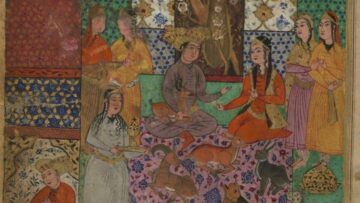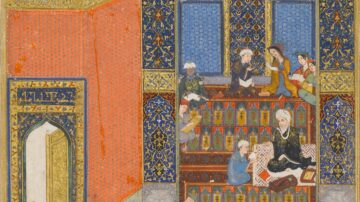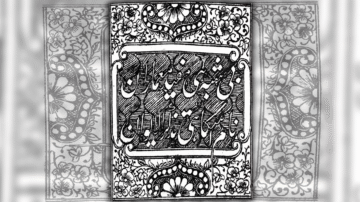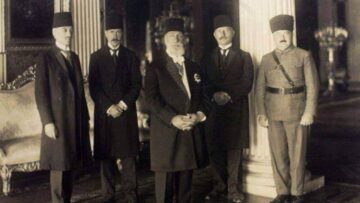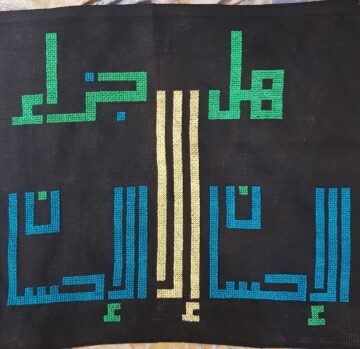- IHTLS
- Lecture series
Behind the Veil of the Night: The Black Light in Akbarian and Persianate Sufism
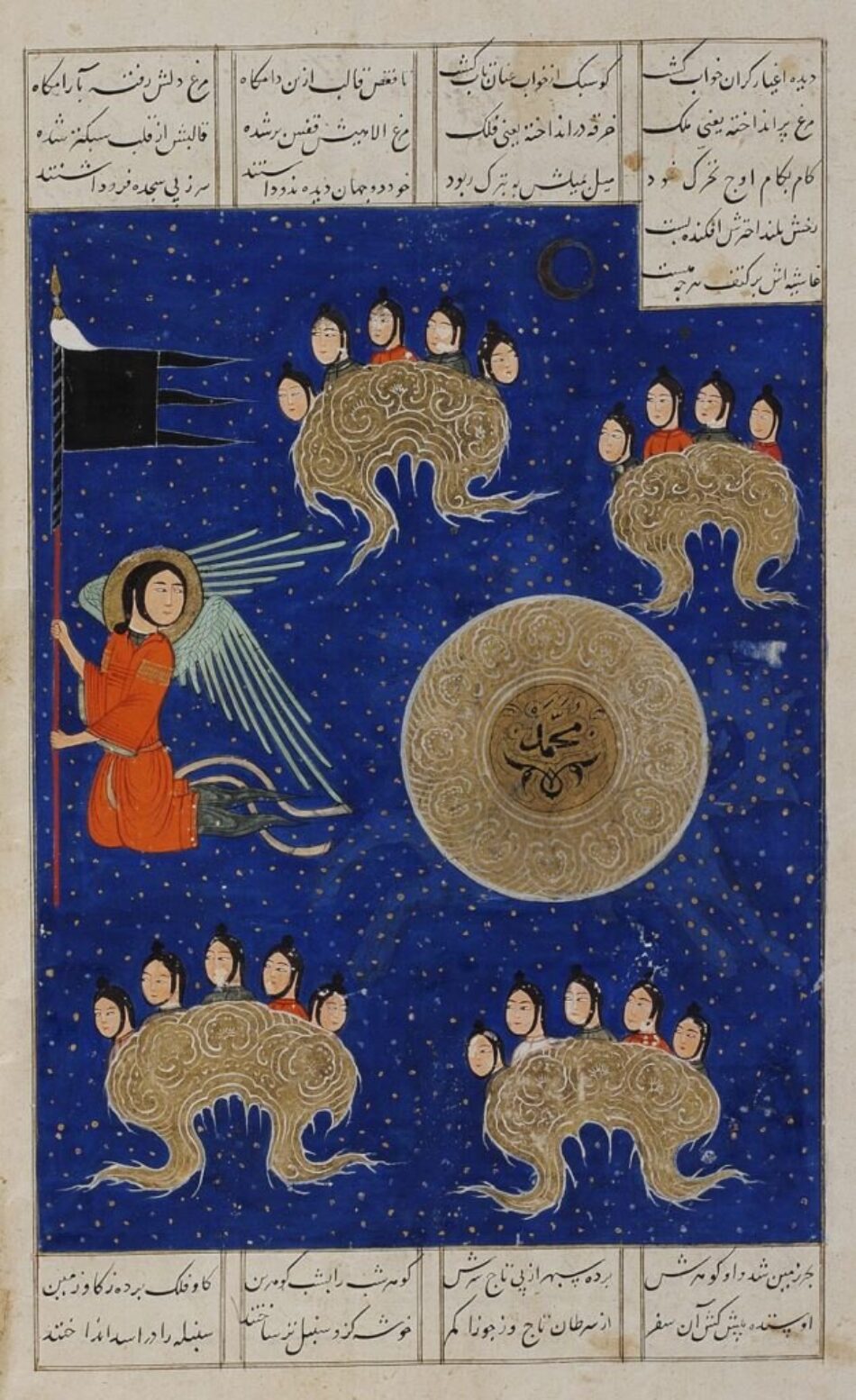
-
Status
Open -
Date
24 Jul 2025 -
Location
Online
This lecture will focus on Ibn ʿArabī’s writings on the black light of the night. We will explore Ibn ʿArabī’s notions of the night serving as the source of knowledge, power and protection for the spiritual seekers known as the Nightfolk (ahl al-layl) and identify the possible origins and parallels of these teachings in Persianate Sufism.
Speakers
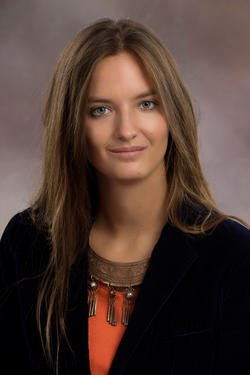
Dunja Rašić
Independent Scholar
Dunja Rašić is a Sufi scholar and the author of The Written World of God (Anqa Publishing, 2021), Bedeviled (State University of New York Press, 2024), The Nightfolk (University of California Press, 2025) and Azrael (Penn State University Press, 2027). Her research interests revolve around philosophical Sufism, philosophy of language, Sufi cosmology and the school of Ibn ʿArabī.
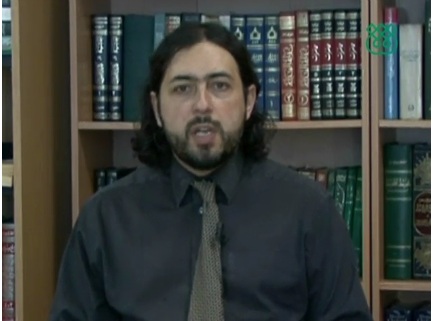
Dr Toby Mayer
Dr Toby Mayer is a Research Associate in the Qur’anic Studies Unit at The Institute of Ismaili Studies, London. After completing his undergraduate degree in Indian Studies at the University of Cambridge, he went on to study Medieval Arabic thought at the University of Oxford, where he wrote his doctoral thesis on the Book of Allusions (Isharat) by the major Persian philosopher Ibn Sina.
Islamic History and Thought Lecture Series
Designed to invite scholars of various international academic institutions, specialising in intellectual, social and political aspects of medieval and early modern Islamic societies, to present and discuss their research.
Find out more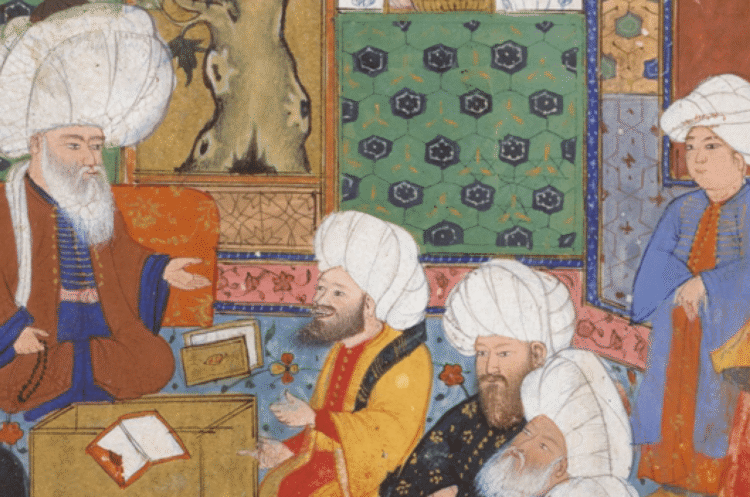
Photo: The Prophet Muhammad, depicted as an inscribed and radiant disk, during his celestial ascension, Nizami, Makhzan al-Asrār (Treasury of Secrets).
Please note filming and photography may take place during the event, and be used across our website, newsletters and social media accounts. These could include broad shots of the audience and lecture theatre, speakers during the talk, and of audience members participating in Q&A.
Views expressed in this lecture are those of the presenting scholars, not necessarily of IIS, the Ismaili community or leadership. Promotion of this lecture is not an explicit endorsement of the ideas presented.

